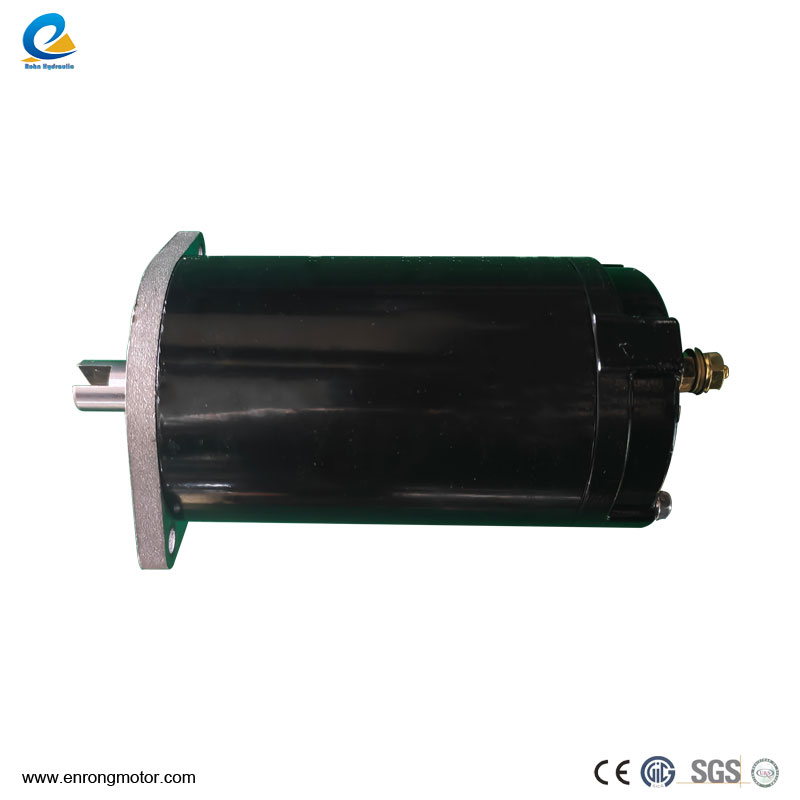Unraveling the Mysteries of the DC Hydraulic Motor
2024-06-03
In the vast world of motors and actuators, the DC Hydraulic Motor stands out as a unique and powerful solution for specific applications. But what exactly is a DC Hydraulic Motor, and how does it work? Let's delve into the intricacies of this fascinating device.
At its core, a DC Hydraulic Motor is a motor that utilizes hydraulic fluid to convert electrical energy into mechanical energy. Unlike traditional DC motors, which rely solely on electromagnetic forces, the DC Hydraulic Motor incorporates the principles of hydraulics to amplify torque and power output.
The basic operation of a DC Hydraulic Motor begins with the application of an electrical current to the motor's windings. This current creates a magnetic field that interacts with the permanent magnets within the motor, causing the rotor to rotate. However, in a DC Hydraulic Motor, this rotation is further enhanced by the hydraulic system.
The hydraulic system typically consists of a pump, valves, and a reservoir of hydraulic fluid. As the rotor rotates, it drives the pump, which in turn pressurizes the hydraulic fluid. This pressurized fluid is then directed through a series of valves and channels to create additional torque and force on the rotor.
The combination of electromagnetic and hydraulic forces allows the DC Hydraulic Motor to generate significantly higher torque and power than traditional DC motors. This makes it ideal for applications that require heavy-duty lifting, pushing, or rotating of large loads.
Another advantage of the DC Hydraulic Motor is its ability to operate smoothly and quietly. The hydraulic system acts as a damper, reducing vibration and noise, making it a great choice for applications where noise reduction is a priority.
In conclusion, the DC Hydraulic Motor is a powerful and versatile device that utilizes the principles of hydraulics to amplify the torque and power output of a traditional DC motor. Its unique design and operation make it ideal for heavy-duty applications that require high torque and smooth, quiet operation.



